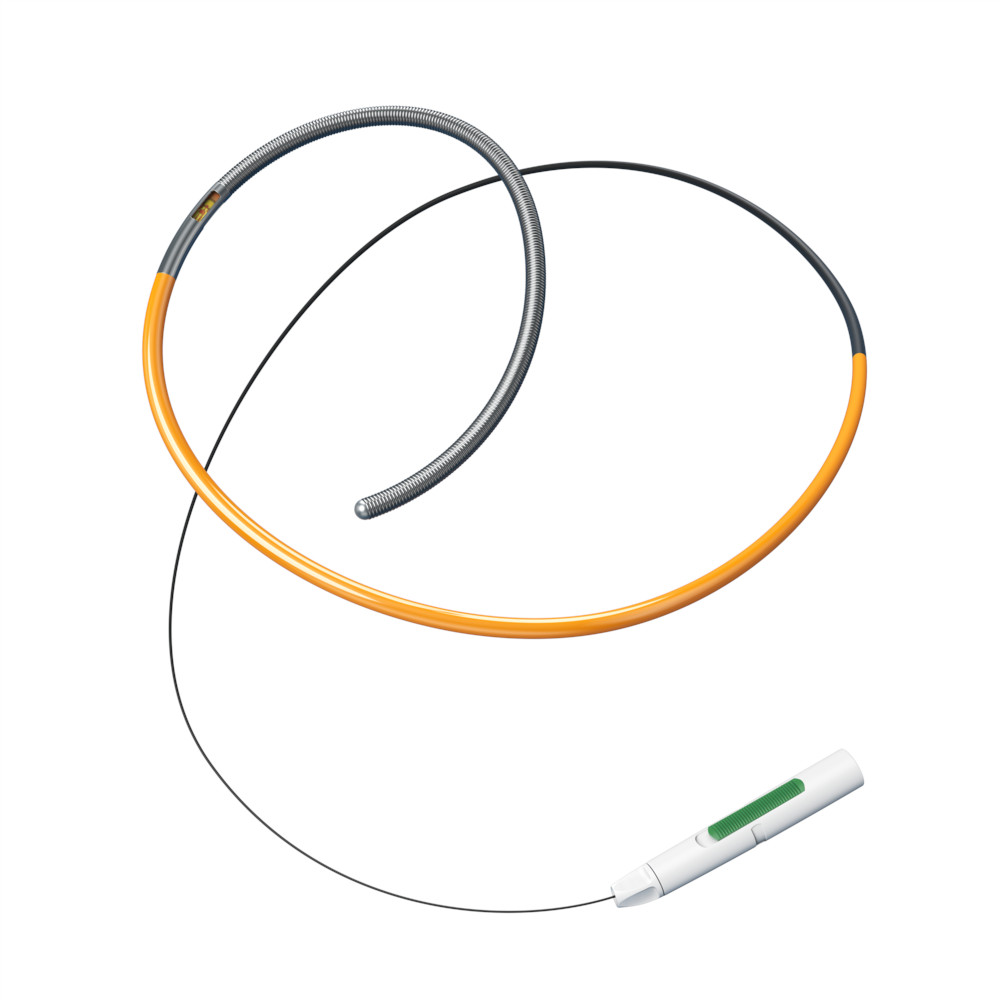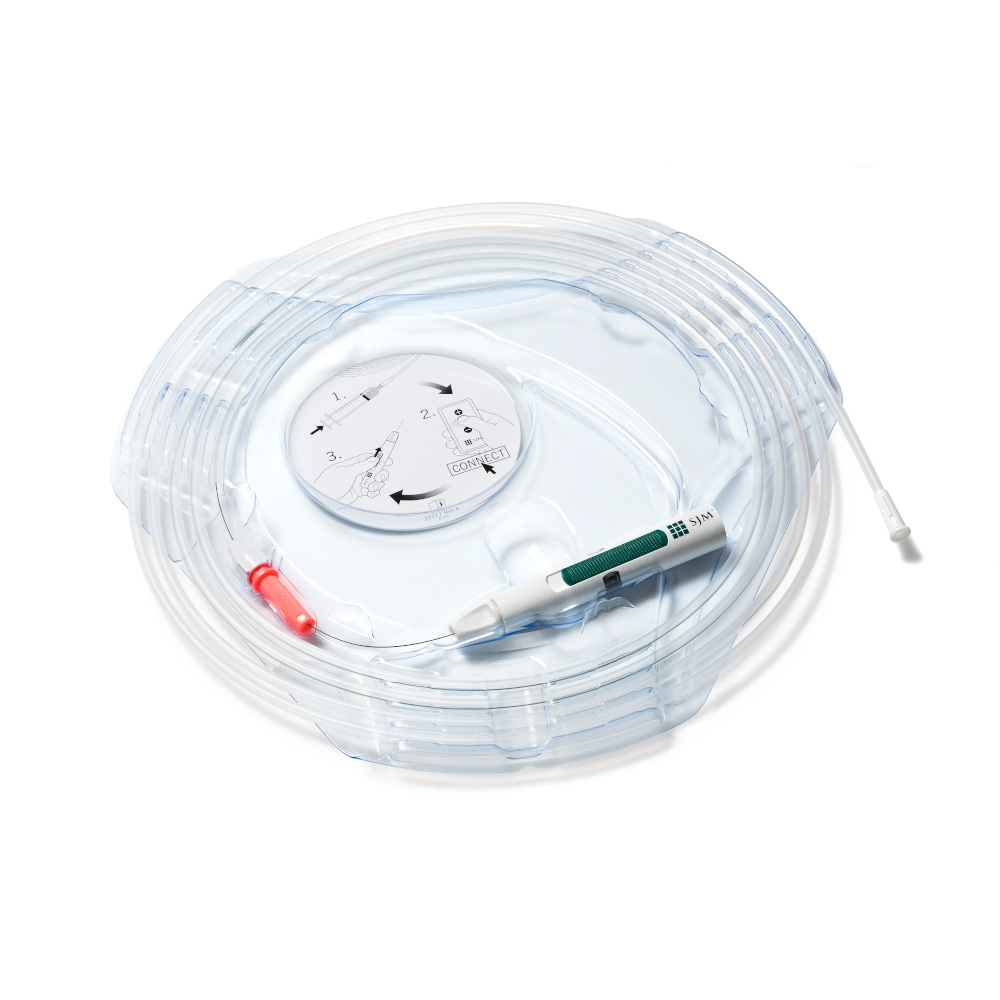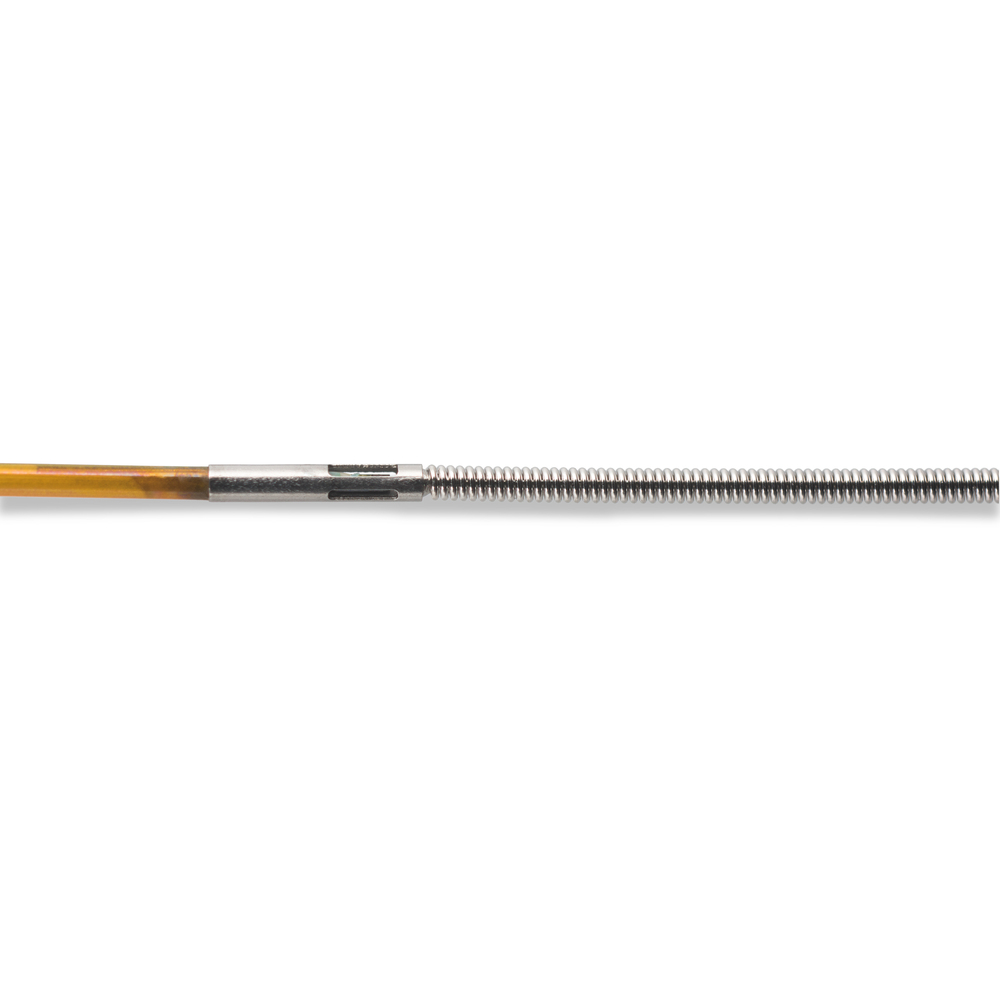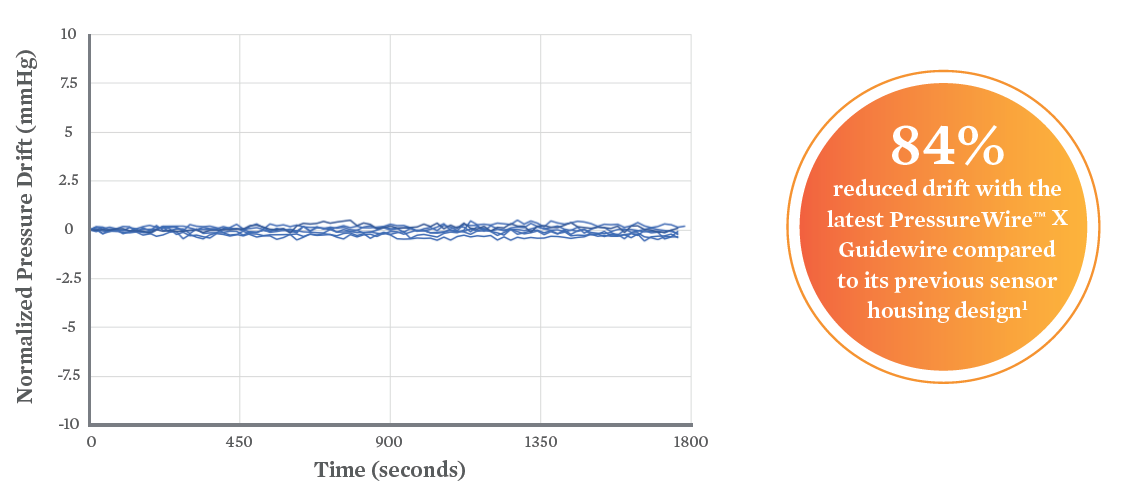Abbott’s PressureWire™ X Guidewire offers objective decisions with a simplified workflow.
The innovative PressureWire™ X Guidewire—the world’s only wireless physiology wire1—can measure pressure and temperature to calculate Abbott's Resting Full-Cycle Ratio (RFR), Fractional Flow Reserve (FFR), Index of Microcirculatory Resistance (IMR), and Coronary Flow Reserve (CFR). The guidewire’s fully integrated, secure, wireless measurements are integral to a cardiac cath lab’s clinical physiology routine. The PressureWire™ X Guidewire and CoroFlow‡ Cardiovascular System are the only solution for the cath lab able to assess for both epicardial disease and Coronary Microvascular Dysfunction (CMD).2-4





MAT-2003659 v2.0
You are about to enter an Abbott country- or region-specific website.
Please be aware that the website you have requested is intended for the residents of a particular country or countries, as noted on that site. As a result, the site may contain information on pharmaceuticals, medical devices and other products or uses of those products that are not approved in other countries or regions
Do you wish to continue and enter this website?
MAT-2305078 v1.0